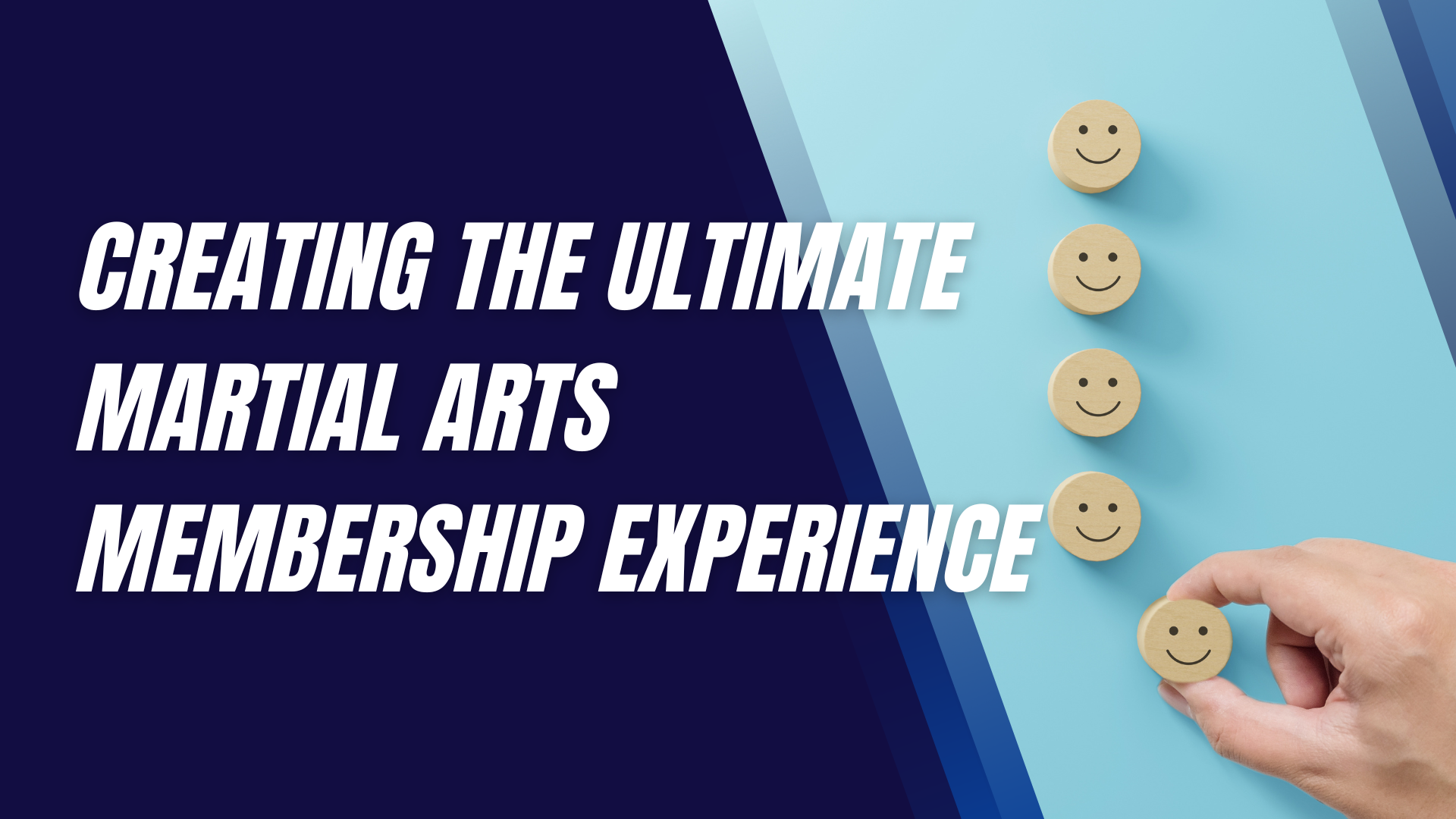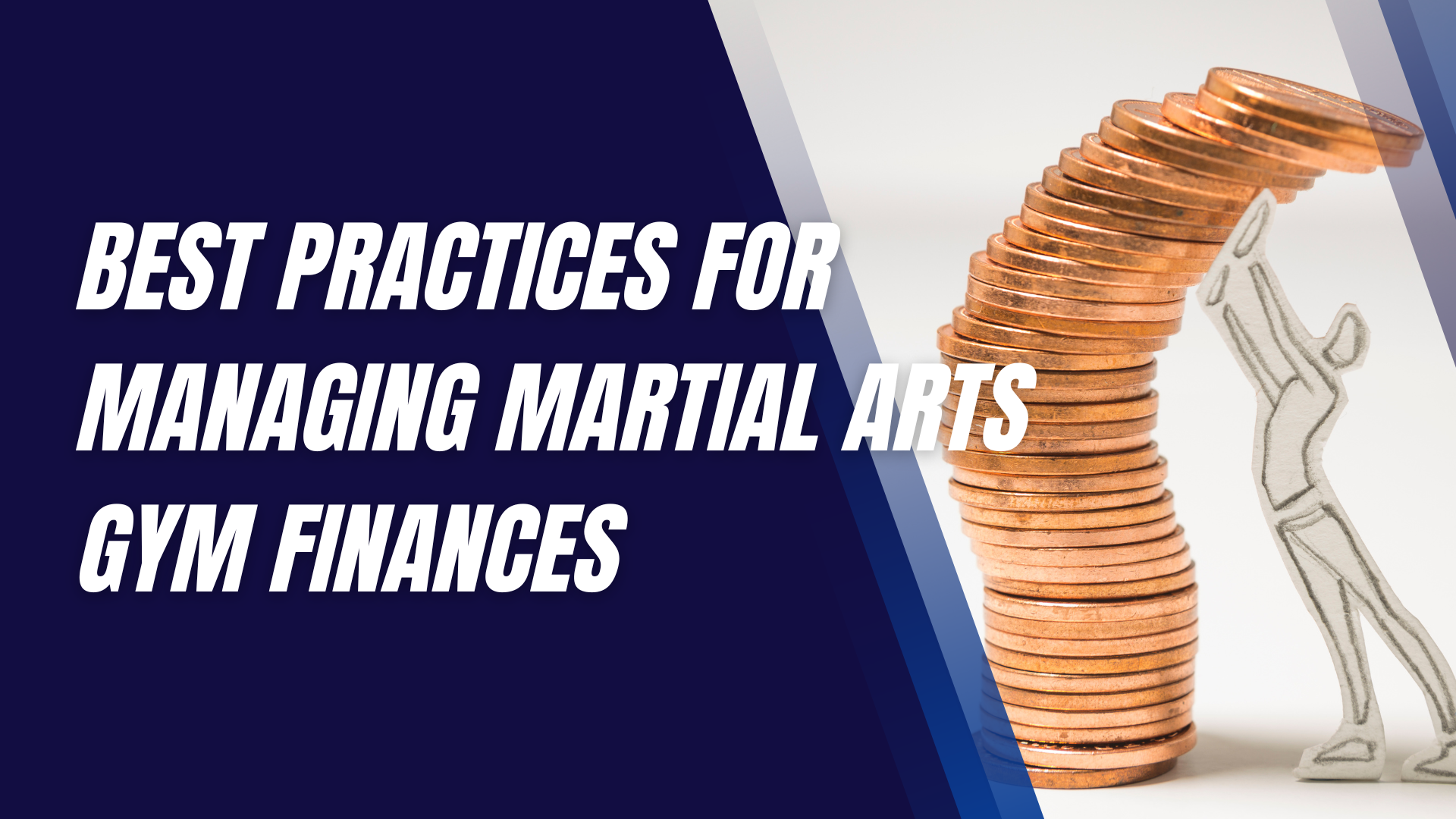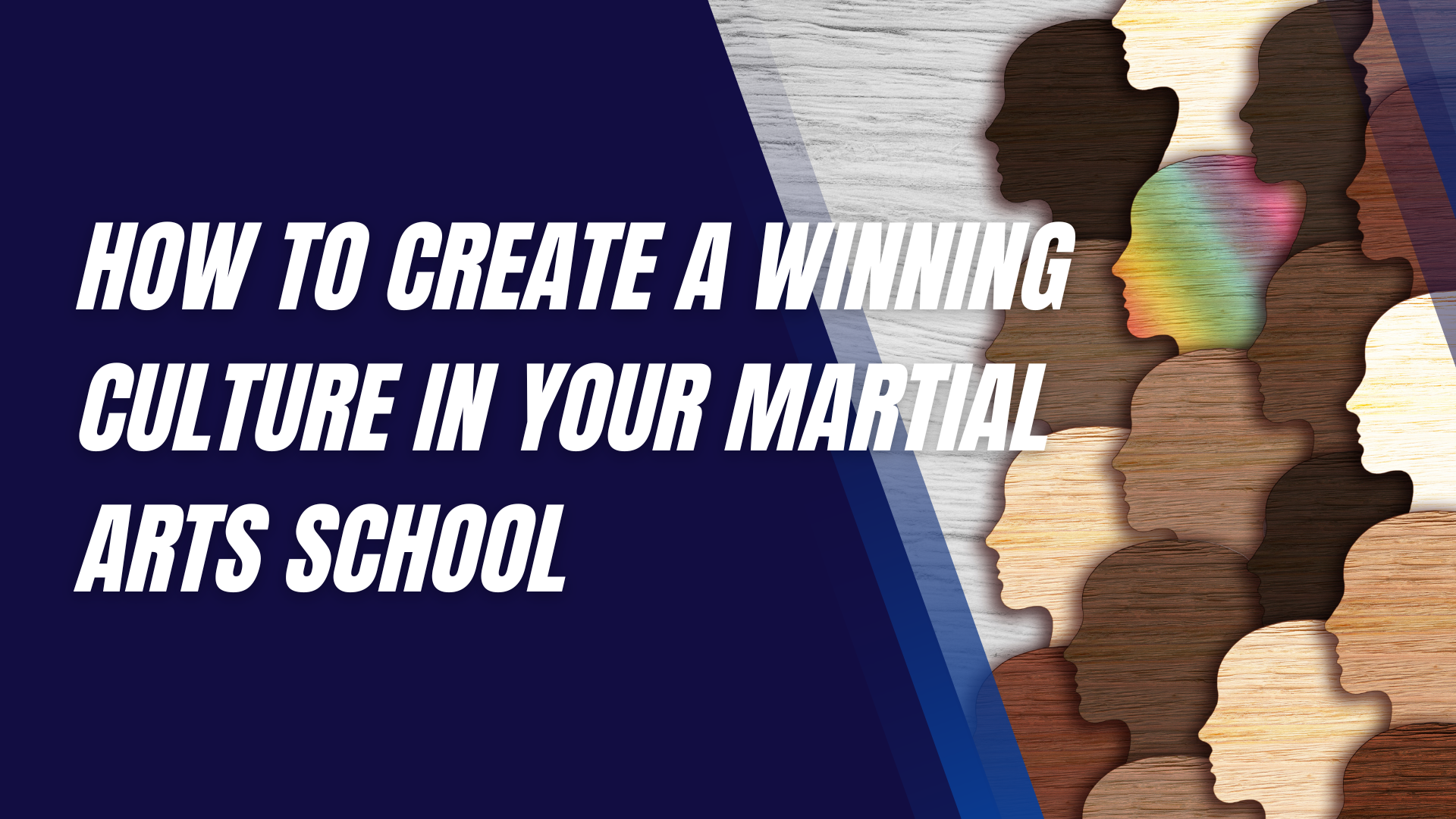Techniques for Improving Head Movement in Striking Arts
Head movement is one of the most critical skills in striking arts, whether you're boxing, kickboxing, or practicing any other form of stand-up fighting.
It’s not just about dodging punches—it’s about positioning yourself for counterattacks, maintaining your defensive integrity, and dictating the pace of the fight. Good head movement can make you a slippery target, frustrate your opponents, and open up new angles for your offense. In this guide, we’ll delve into the key techniques and drills to help you improve your head movement, making you a more elusive and effective striker.
Understanding the Basics of Head Movement
Head movement refers to the skill of moving your head to avoid incoming strikes without compromising your stance or position. It’s a fundamental defensive technique that allows fighters to dodge punches, kicks, and other attacks while staying within striking range. Effective head movement helps you conserve energy by not relying solely on blocking or footwork for defense, and it sets the stage for powerful counterattacks.
Common Mistakes in Head Movement
Before we dive into the techniques, let’s address some common mistakes that can undermine your head movement:
- Leaning Too Far Forward or Backward: This disrupts your balance and can make you vulnerable to follow-up strikes or takedowns.
- Predictable Patterns: Moving your head in the same way repeatedly makes it easier for opponents to time their attacks.
- Overreliance on Head Movement Without Footwork: Relying solely on head movement without incorporating footwork can trap you in a bad position.
Key Techniques for Effective Head Movement
Slipping and Weaving
Two of the most basic but essential head movement techniques are slipping and weaving.
- Slipping: This involves moving your head to the side of an incoming punch, usually a jab or straight cross. It’s about making subtle, quick movements off the centerline to let punches sail past you.
- Weaving: Also known as bobbing and weaving, this technique involves dipping your head under a punch, usually a hook, and coming up on the other side. It’s great for evading hooks and setting up body shots.
Rolling
Rolling is another effective head movement technique, especially against hooks. By rolling your shoulders and dipping your head, you can make hooks glance off your guard or miss entirely. Timing is crucial here—roll too early, and you might get caught; roll too late, and you risk getting hit.
Pulling
Pullbacks are a defensive maneuver where you lean your upper body away from an incoming strike, creating just enough distance for it to miss. It’s especially useful against overcommitted punches like wide hooks or uppercuts. However, be cautious not to lean too far back, as it can leave you off-balance.
Feints and Fakes
Head movement isn’t just defensive—it can be used offensively to create openings. By faking a slip or roll, you can bait your opponent into throwing a punch, which you can then counter. Feints disrupt your opponent’s rhythm and make them hesitant, giving you the upper hand in dictating the flow of the fight.
Drills to Improve Head Movement
Mirror Drills
Practicing head movement in front of a mirror allows you to observe your technique in real-time. Partner up for these drills, and take turns throwing light punches while the other practices slipping, weaving, and rolling. This real-time feedback loop helps you refine your movement and react to an opponent’s strikes.
Shadow Boxing with Focus on Head Movement
Incorporate head movement into your shadow boxing routine. Imagine an opponent in front of you, and practice slipping, weaving, and rolling as if you’re dodging their punches. Visualization is key here—picture the strikes coming at you and move accordingly.
Rope and Slip Bag Drills
- Rope Drill: Set up a rope at shoulder height and practice slipping and weaving under it as you move forward and backward. This drill helps you develop rhythm and fluidity in your head movement.
- Slip Bag: A slip bag is a hanging ball that swings back and forth. It’s perfect for practicing slips and rolls while improving your timing and head movement rhythm.
Sparring Focused on Head Movement
Incorporate light sparring sessions where the primary focus is on head movement. This controlled environment allows you to practice your techniques under pressure without the risk of heavy contact. As you improve, gradually increase the intensity to simulate real fight conditions.
Combining Head Movement with Footwork
Coordination of Head and Footwork
Head movement and footwork go hand in hand. If your feet aren’t in sync with your head movement, you’ll be off-balance and vulnerable. Practice moving your head while stepping or pivoting to stay in a strong, offensive position.
Angling Off
Use your head movement to create new attack angles. For instance, after slipping a jab, angle off to your opponent’s side to set up a counter punch. This not only makes you a harder target but also opens up your opponent’s guard for your strikes.
Developing Defensive Instincts
Improving your head movement isn’t just about physical drills—it’s also about developing your ability to read your opponent. Pay attention to their shoulders, hips, and even their eyes. Anticipating their movements allows you to react more quickly and efficiently, making your head movement instinctive rather than mechanical.
The Role of Conditioning in Head Movement
Conditioning plays a vital role in effective head movement. If your muscles are fatigued, your head movement will slow down, making you an easier target. Incorporate neck and core strengthening exercises into your routine to improve your ability to maintain effective head movement throughout a fight.
Advanced Tips for Mastering Head Movement
Studying High-Level Fighters
Watching elite fighters known for their exceptional head movement can be incredibly educational. Study the likes of Pernell Whitaker, Vasyl Lomachenko, or Canelo Alvarez. Notice how they slip punches, roll under hooks, and weave in ways that set them up for devastating counters.
Mental Conditioning and Focus
Staying calm under pressure is essential for good head movement. Practice drills that simulate fight conditions to keep your movements fluid and natural. The more relaxed and focused you are, the better your head movement will be.
Common Challenges and How to Overcome Them
One of the biggest challenges in developing head movement is the fear of getting hit. It’s natural to flinch or stiffen up, but this can be counterproductive. Start slow, with light sparring or partner drills, and gradually build up your confidence. The more comfortable you get with punches coming your way, the smoother and more effective your head movement will become.
Final Thoughts
Improving your head movement takes time, patience, and a lot of practice. By mastering these techniques and
consistently incorporating them into your training, you’ll become a more elusive and effective fighter. Remember, it’s not just about avoiding punches—it’s about putting yourself in the best possible position to launch your own attacks.
Interested in trying a martial arts class? Find an affiliated academy anywhere in the country by clicking here.
Have your own martial arts program? Get to know more about what we have to offer at Ground Standard Agency for helping martial arts businesses grow.
Email us at info@groundstandard.com, or call and text us at (732) 907-8920 today to learn how to start growing your own academy, school, dojo, or gym with us as well.
Share this article












